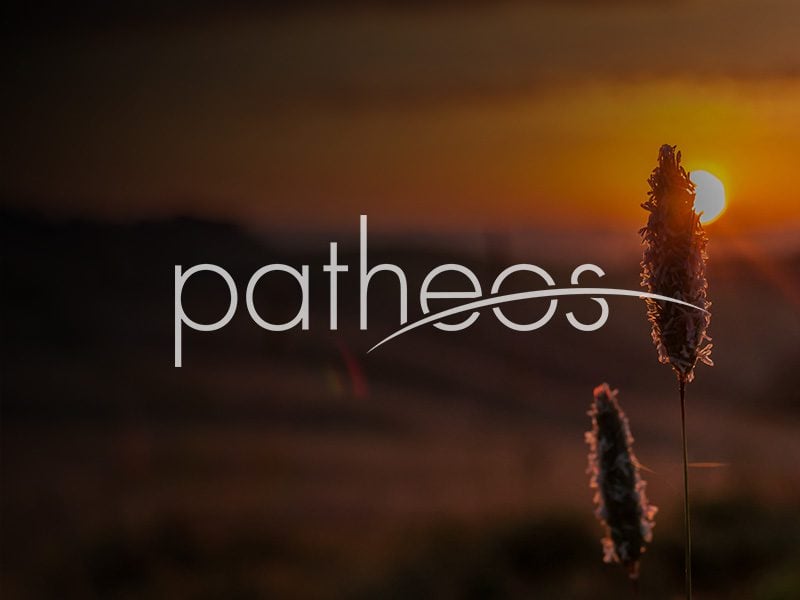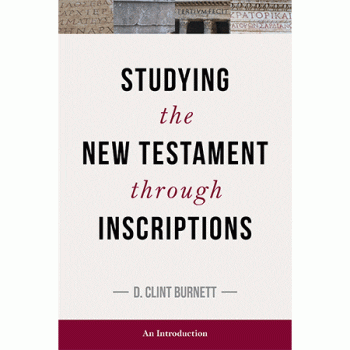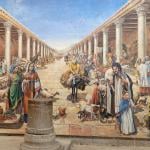There is a lengthy review by James H. Charlesworth over at RBL on a new book about Qumran and the Scrolls. But in the review, Charlesworth sums up what he thinks are the six basic conclusions most Qumranologists would concur about:
The leading Qumranologists would tend to agree on the following six conclusions: (1) Qumran existed during the Hasmonean period (an inclusive claim because it admits the possibility of pre-100 “Essene” life at Qumran and can mean anytime from 152 to 67); 61 (2) the Qumran Scrolls and archaeology must be examined together in assessing Qumran history and archaeology and without misleading presuppositions; (3) ‘Ain Feshkha is related to Qumran; (4) some of the Qumran Scrolls (maybe less than ten of the one thousand known almost always in fragments) were composed at Qumran or finally edited there; (5) one room should be recognized as a scriptorium; and (6) the strict and probably celibate branch of the Essenes most likely lived at Qumran.
See more here.















